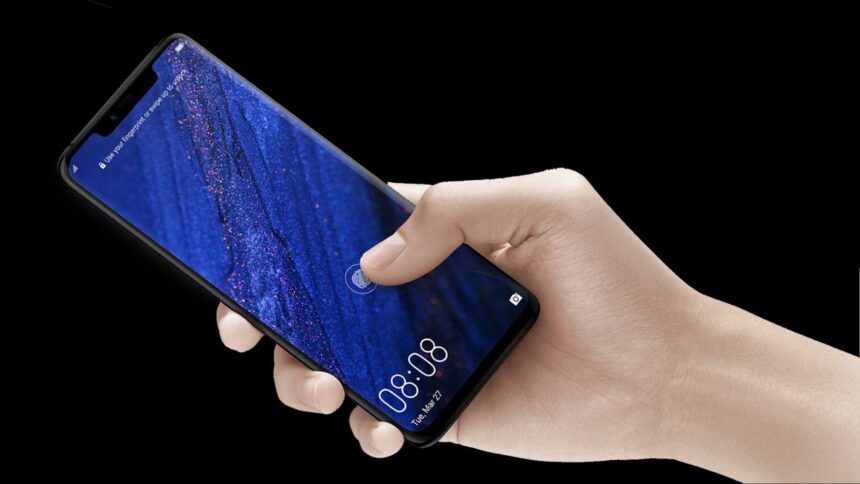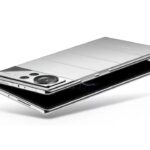- Huawei's new ultrasonic fingerprint sensor patent hints at a strategic move towards in-house tech development.
- The patented design promises improved accuracy, potentially reshaping biometric security in smartphones.
- Consumer benefits may include lower sensor costs and faster, more reliable fingerprint recognition.
Huawei recently created a stir in the tech world when it filed a patent for an ultrasonic fingerprint sensor, signaling a tactical turn toward developing in-house fingerprint recognition technology. This comes at a time when a lot of smartphone makers are dependent on solutions from businesses like Goodix, which are naturally constrained by Qualcomm patents.
Huawei Files New Ultrasonic Fingerprint Sensor Patent
Ultrasonic fingerprint sensors were first included in flagship smartphones with Samsung’s Galaxy S10, which was a major development in biometric security technology. In contrast to traditional optical sensors, ultrasonic versions perform better, especially in challenging environments like wet or oily ones. However, Qualcomm’s patent hegemony has hindered the widespread adoption of these sensors.
In its most recent patent, the firm presents a sophisticated sensor design that promises improved fingerprint identification accuracy. The patent is titled “Ultrasonic fingerprint recognition module, system and electronic device” (CN117058725A).

The intricate details of the patent demonstrate a painstaking construction that includes an array of pixel electrode units, a piezoelectric layer, and a stacked common electrode. The patent explains the dual-mode operation of the sensor—which allows for accurate fingerprint data capture and transmission—through a thorough technical dissection.
Huawei’s patent, all things considered, represents a calculated attempt to develop a substitute ultrasonic fingerprint recognition system. Huawei wants to avoid future patent restrictions and free itself from dependence on outside suppliers by pursuing proprietary solutions.
The implications of Huawei’s initiative are numerous for consumers. First off, more market competition may result in lower prices for ultrasonic fingerprint sensors, making them more widely available for use in a wider range of smartphones.
Furthermore, the possibility of several businesses investing in ultrasonic fingerprint technology is encouraging innovation as it could result in fingerprint sensors that are quicker, more secure, and more dependable. In addition, Huawei’s efforts to develop domestic technology may lessen Qualcomm’s patent dependency, which would promote a more diverse ecosystem in the smartphone sector.
Overall, it’s important to keep expectations in check, though, as the business’ technology may not become commercially available right away even after a patent application. However, it is a crucial sign of the company’s strategic orientation, emphasizing the company’s desire to upend and reshape the smartphone fingerprint sensor market shortly.


